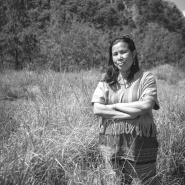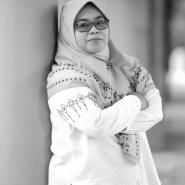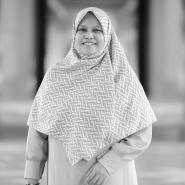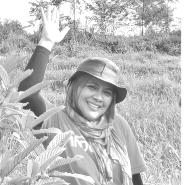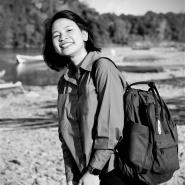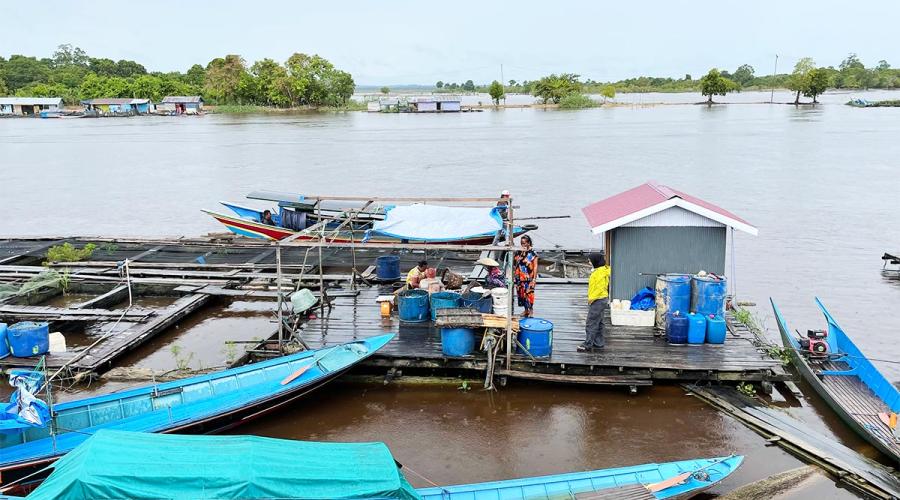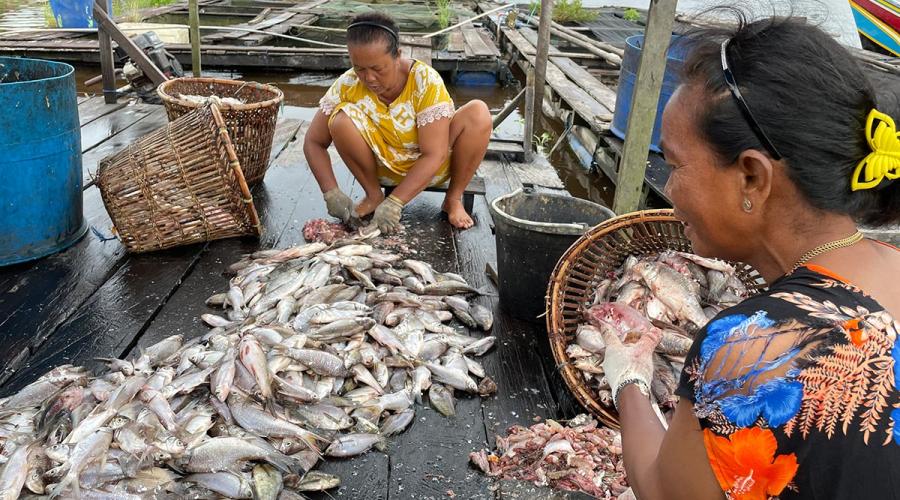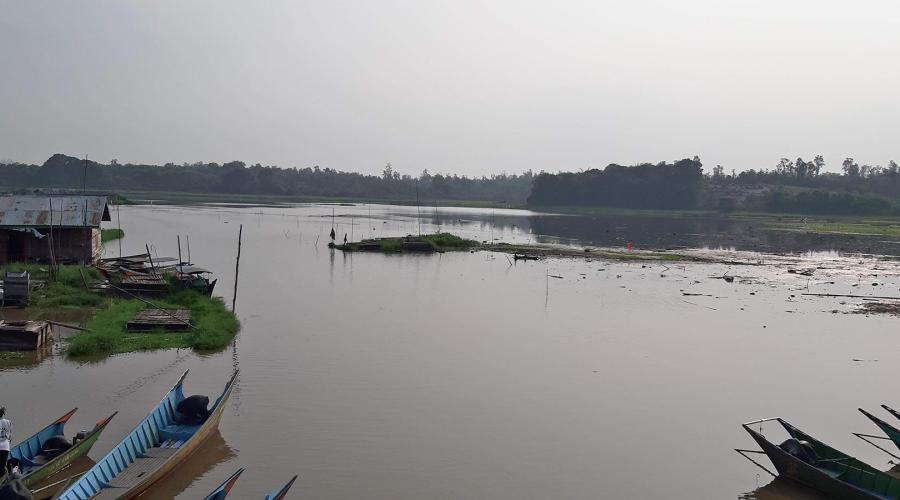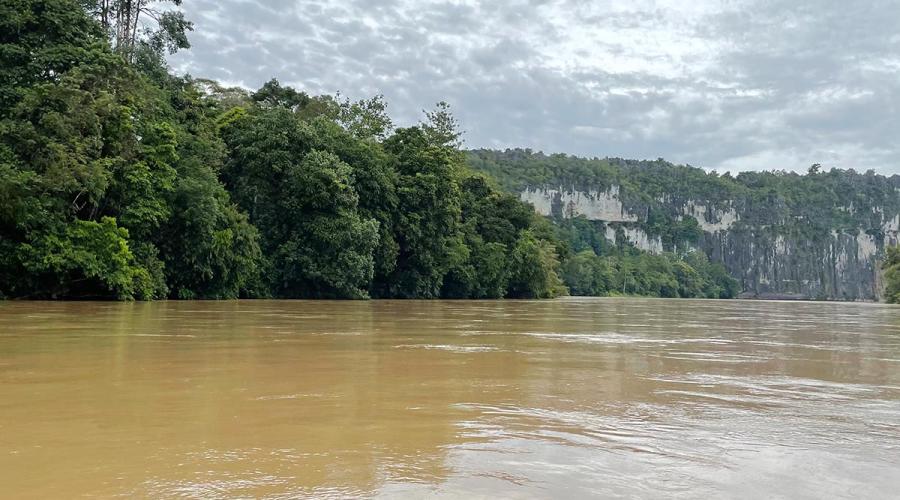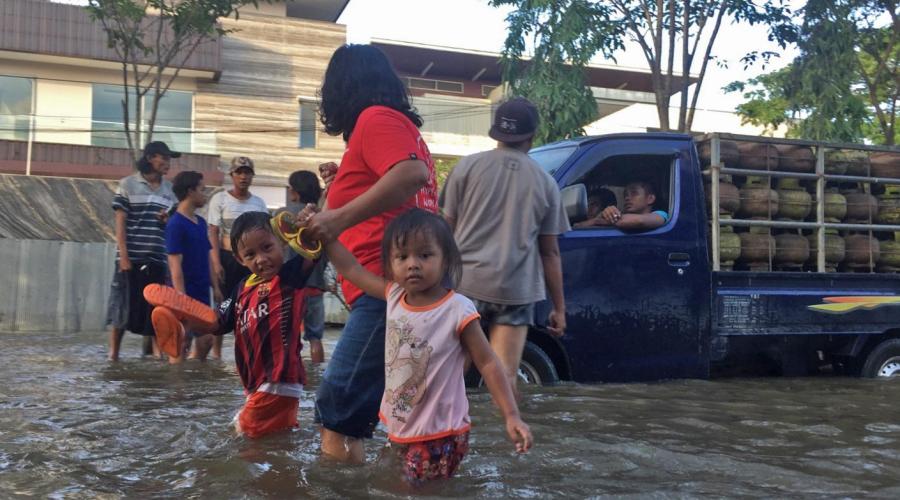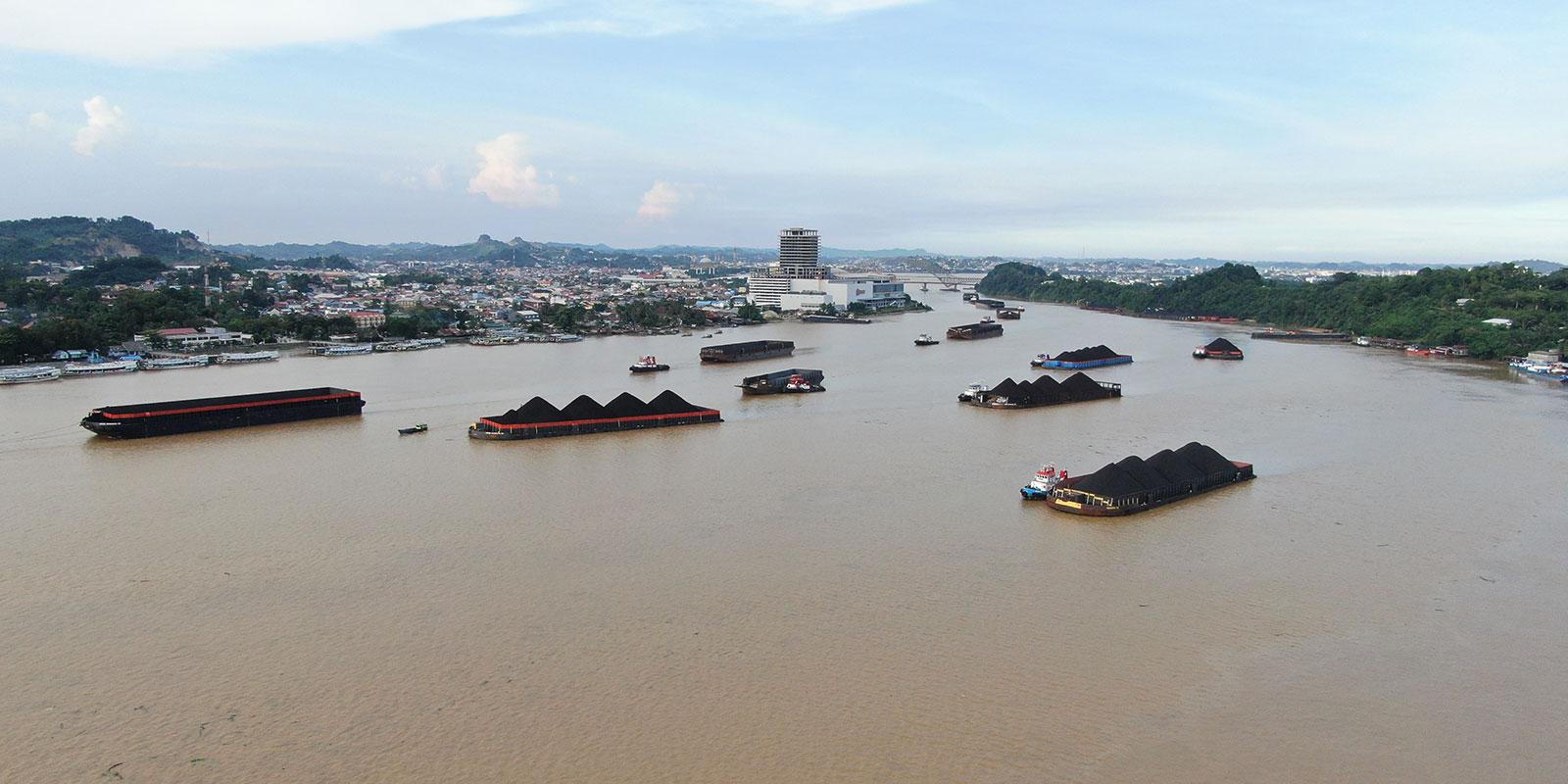
With a length of 980 kilometers, the Mahakam River connects three districts in the province of East Kalimantan. The downstream part of the Mahakam River is a tributary between the Mahakam and Karang Mumus Rivers, which has a length of 47.48 kilometers and serves as the city of Samarinda's settlement center.
Rationale
The transformation of the Mahakam rivers from common to privatized spaces and infrastructure of extractivism - has affected residents of the city of Samarinda and its ecology. Pesut, or the endangered freshwater dolphin (Orcaella brevirostris) as endemic species, express the change of landscape because of the infrastructure of logging and mining companies occupying the river bed and increased river pollution that causes mass death of river fish. In 2021, the Government proclaimed Samarinda a city of civilization by implementing “Smart City Plus” to respond to climate change, focusing on expanding the city's green spaces and demolishing slums along the river. Along with the planning to move the capital of Indonesia to East Kalimantan, which is being built 99 kilometers from the city of Samarinda, positioning the city of Samarinda as the partner area for the new capital.
The research project is to understand how city rivers are configured under the changing political regimes from colonial to post-colonial times and shape the socio-ecological relations of city residents to the river. Understanding the complexity of intersectional issues is essential to grasp how the interweaving of frontier-making and climate changes shapes the connections between extractivism and Samarinda’s river-city nexus. In addition, there is a need to establish local engagement and action to revitalize social-ecological collective memory for the river-city future caring relations. Therefore, it contributes to understanding the dynamics of city-river relations in Indonesia and Southeast Asia.
Strategy
- Initial Observation and Research Planning. To create a transdisciplinary research team and desk study followed by Pre-preliminary research.
- Fieldwork and Writing. Field data collection using various methods of participation in research action, followed by data coding, analyzing, and writing workshops.
- Dissemination of research results and follow-up planning. The dissemination for participants and strategic groups before being invited to engage in follow-up research for River-city revitalization.
- Engagement and Action. Using the Focus Group and Community Discussion methods, this stage will facilitate dialogue, lobbying, and action planning for target groups involved in river revitalization. It includes planning a Literacy Festival for Mahakam River-City
Methods
- Story telling through Sei Bekesah is the storytelling to explore everyday stories about historical socio-ecological relationships between city residents and the river (Sei Bekesah, Sei = river, bekesah = storytelling), which is open to the public, especially for youth.
- Photovoice/ photo essay of the river-city everyday life. Photovoice is an action research method used to understand more deeply the daily experiences of marginalized groups in communities living along the Mahakam River, such as women groups, indigenous peoples, and people with disabilities.
- The river-city literacy festival. The festival is a public space to discuss and distribute the research findings. In literacy festivals, the public becomes the part that "speaks up" through various literacy products rather than just festival visitors.
- Participatory Mapping of the river city nexus will be carried out simultaneously with the data collection process through a photovoice/photo essay. While changes from time to time will be captured using spatial mapping analysis and drones. The mapping will be reconciled with photos from the photovoice/photo essay and storytelling to find the trajectory of changes in the relationship between residents and the river.
